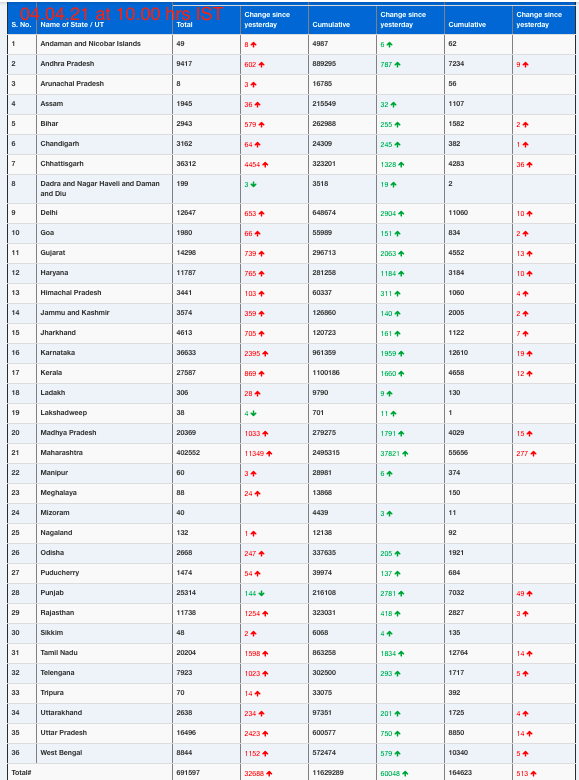Foodborne parasitic infections: Trichinellosis (trichinosis)
Trichinellosis (trichinosis) is a zoonosis, caused by roundworms of the genus Trichinella. Humans, and domestic and wild animals can be infected and become carriers of the parasites. Domestic pigs, wild boars, bears, rodents and horses are reservoir animals.
Trichinella spp. occur worldwide, most frequently in regions with temperate climates. About 10,000 human infections occur annually worldwide. Cultural factors such as traditional dishes based on raw or undercooked meat or meat-derived products play an important role in the epidemiology of the disease.
Foodborne parasitic infections: Paragonimiasis (Lung fluke)
Paragonimiasis, or lung fluke disease, is caused by infection with several species of trematodes belonging to the genus Paragonimus. The most common species in Asia are P. westermani, P. heterotremus and P. philippinensis. Paragonimus spp. is a common parasite of crustacean-eating mammals such as dogs, cats, tigers, mongooses and monkeys. (reservoir definitive hosts).
Foodborne parasitic infections: Taeniasis and Cysticercosis
Taeniasis is an intestinal infection caused by adult tapeworms of the Taenia genus: T. solium (pork tapeworm), T. saginata (beef tapeworm) and T. asiatica. Humans are the only definitive host (in which the adult worm lives) for each of these tapeworm species. For T. solium, humans can also act as an intermediate host (in which the larval stages live).Only T. solium has significant public health importance as it causes neurocysticercosis when the larvae encysts in the central nervous system (including the brain).
Foodborne parasitic infections: Clonorchiasis and opisthorchiasis
Clonorchiasis is caused by the flatworm Clonorchis sinensis. Opisthorchiasis is caused by another flatworm Opisthorchis viverrini. Both infections are common among dogs and other fish-eating mammals (reservoir hosts) in endemic areas. C. sinensis and O. viverrini are classified as carcinogenic agents as they may cause bile duct cancer (cholangiocarcinoma).These foodborne trematodes are confined to Asia and associated with food habits and fish culture practices.
Foodborne parasitic infections: Cystic and alveolar echinococcosis
Human echinococcosis is a zoonotic disease caused by parasites of the genus Echinococcus. Of the several species worldwide, the two most important in humans are E. granulosus causing cystic echinococcosis [CE] (hydatidosis) and E. multilocularis causing alveolar echinococcosis [AE]. Not all genotypes of E. granulosus cause infections in humans. The genotype causing the majority of CE in humans is E. granulosus, often maintained in a dog–sheep–dog cycle.
Foodborne parasitic infections: Fascioliasis (Liver fluke)
Fascioliasis is caused by two species of flatworms that mainly affect the liver: Fasciola hepatica and Fasciola gigantica. At least, 2.4 million people are infected in more than 70 countries worldwide, with several million at risk, especially where sheep or cattle are reared. In general, fascioliasis is more common and widespread in animals than in humans.











